How To Make Grass Greener?
You might’ve seen the neighborhood’s backyard wondering what made their lawn a bit greener than yours and thought How to make grass greener?
Well, I know their secret.
You can get greener grass with proper lawn care. And lucky for you, this article offers a step by step guide to do exactly that!
So buckle up, and let’s make your lawn the greenest in the neighborhood!
Let’s get started.
7 Easy Ways to Make Your Lawn Greener:
The goal is to transform your lackluster grass yard and make it the healthiest lawn.
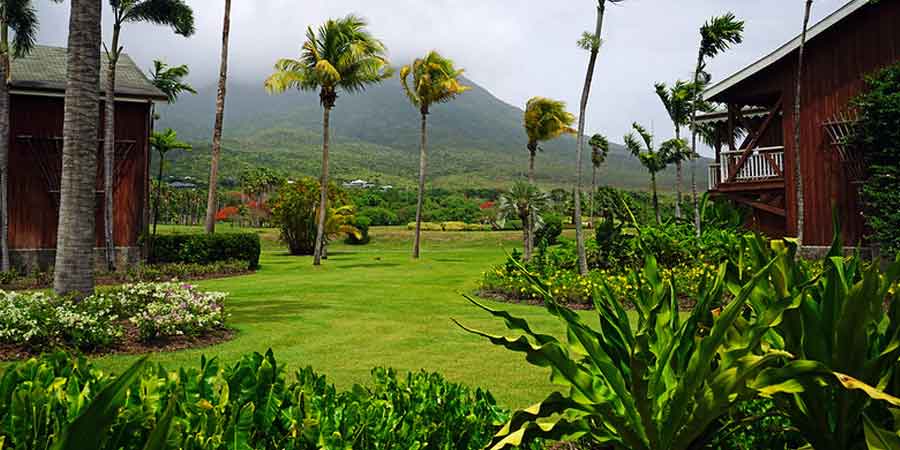
And let me tell you!
Achieving greener grass is a piece of cake!
With these few steps, you can kiss your thin-grassed lawn goodbye.
1. Try having your lawn aerated.

Your lawn is the most used area of your landscape, particularly if you have children or pets.
And that’s true for most lawns!
Now, you rely on too much mowing to maintain its beauty. But, there’s a drawback to that… soil compaction!
And we don’t want that.
Compacted soil contributes to air exchange, water runoff, and fertilizer absorption issues. Additionally, in stiff, compacted soil, there’s a reduced presence of beneficial soil species such as earthworms.
So the secret?
If you want to keep your grass green and make your lawn cleaner and more stunning, there must be daily aeration in your lawn.
Lawn aeration implies drilling holes up to around 3 inches deep across the lawn. It means you are giving your grass the proper lawn care they need to grow by allowing them to breathe.
The daily lawn aeration allows increased air circulation. Water and nutrients can also easily permeate the soil.
Besides, it would require no soil test to know that micro-organisms live deep down your lawn and are beneficial in breaking down any built-up thatch.
Soil compaction simply kills them.
Whether by renting a big aerating machine or using a small handheld aerating unit, there are many different ways to aerate your lawn. A portable aeration unit can do the trick for most homeowners with little to medium-sized lawn.
And take note!
Waxing the lawn should only be done once a year.
Back to Home Page: ShaneTurrell
2. Always keep your lawn moistened and hydrated for greener grass.
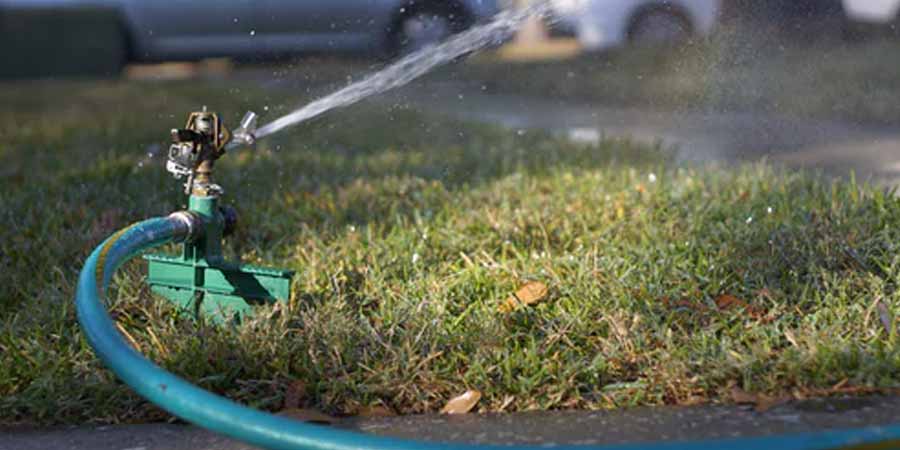
Now, Let’s be honest!
A few minutes of turning the sprinkler on each day of the week won’t do much to help your lawn.
You need to learn to water the grass thoroughly and less often for a better lawn. The roots of your grass will continue to expand further down into the soil if there is a regulated water supply.
And take note of this.
During cycles of drought or scorching temperatures, allow the lawn to remain lush. Experts recommend watering the lawn once a week with 1 inch of water. Of course, you have to consider the environmental patterns, quality of soil, grass types, etc.
An inch of water sounds, uh, tricky, right?
Well, you just have to use shallow containers all over your lawn and turn on your sprinklers. The water container will show you the most desirable water level for your yard.
Not just that
It will also tell you the evenness of water distribution. And if the water level of the containers ranges considerably well, its time for you have to reallocate the waterways to the dried up parts of the lawn.
Another tip!
To measure soil moisture, use an automated soil tester, or use a trowel or screwdriver to open and feel the soil with your finger. You may use water-absorbing polymers to make your lawn hold more water.
And don’t forget
Early morning is the perfect time to water the lawn
3. Avoid using synthetic fertilizers.
What other choice do we have aside from synthetic fertilizers?
Voila!
Natural fertilizers, of course!
Since they are safer than synthetics for the lawn, they are also known to perform better!
According to the new research of Texas A&M and Austin’s Watershed Protection and Development Review Department, organic and natural lawn fertilizers yield greener lawns than synthetics.
Just check the nearby market. There are a variety of natural fertilizers to choose from!
Keep track of grass clipping’s Grass-cycle
But first,
What exactly is grasscycling?
Well, it means letting your lawn reuse the grass clippings. Just that! And these clippings are simply the waste product of your mowing.
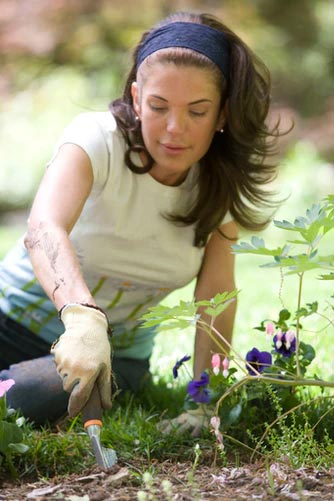
Instead of tossing it out, you can just leave it there and let it do its thing!
But won’t it mess up your lawn?
Hmm, know this
Grass clippings can rapidly decompose, and it leaves the soil with the essential nutrients which will nurture the grass seed. It would also serve as a natural mulch that would help your grass to preserve water.
Other advantages of grasscycling include increased soil texture and more savings with lessened demand for fertilizer.
You should also consider investing in a reel mower instead of the traditional lawnmowers.
Because here’s the deal
Reel mowers are quiet, reliable, easy to use, and would leave the grass evenly on the lawn.
But if I can’t convince you,
Say you just can’t bear the sight of grass clippings in you r yard, composting them is also another choice.
4. Be mindful of the height requirement when cutting your grass. Be precise!
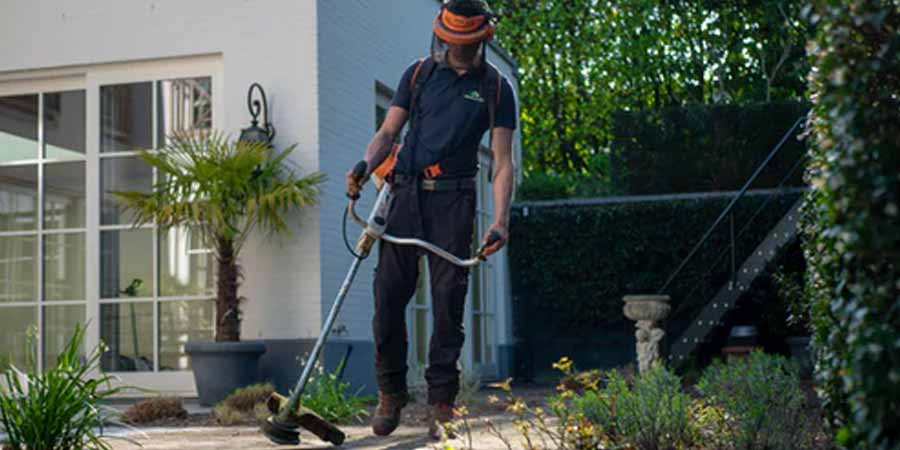
Do you know?
Another effective way to get your lawn to grow beautiful and healthy is to know the height to cut your grass.
People usually don’t get this, but it’s not always safe to put your lawnmower at the highest or lowest level. In fact, in terms of grass cutting height, distinct grass species have different needs.
It would be wise to research the most suitable grass length of different grass varieties in your lawn.
And for the mowing tip!
You should keep the blades of your lawnmower clean and sharp so that it efficiently cuts the grass. Do not use dull mower blades!
You can also consider getting a reel mower, which simply slices the grass like scissors.
With the right grass length, your lawn will look fabulous!
5. Compost your kitchen and garden waste. Reusing it on your lawn will make your grass greener.
As said earlier, another way to minimize waste is to compost your grass clippings.
As you know
All garden and kitchen wastes are reusable with the right treatment. And one of the easiest ways to make your lawn greener is to use compost as the lawn fertilizer. Compost has many other advantages, including:
- Its ability to attract beneficial flies, worms, and other organisms.
- In clay and sandy soils, compost helps in draining water.
- Compost induces a slow and well-regulated release of plant nutrients. It facilitates root development.
- Compost helps in eliminating soil-borne plant diseases and garden pests.
- The compost prevents the topsoil from being eroded.
- Instead of taking the waste to the dump, manure recycles the yard and kitchen waste. An environmental means to deal with your waste problem!
- Soil testing to balance the pH level? With the presence of manure, you can guarantee that the pH level of your lawn’s soil is balanced.
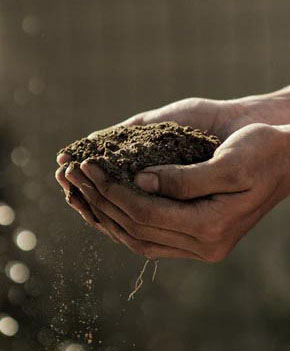
6. Are you looking for a natural herbicide and a quality lawn fertilizer? Try using a corn gluten meal!
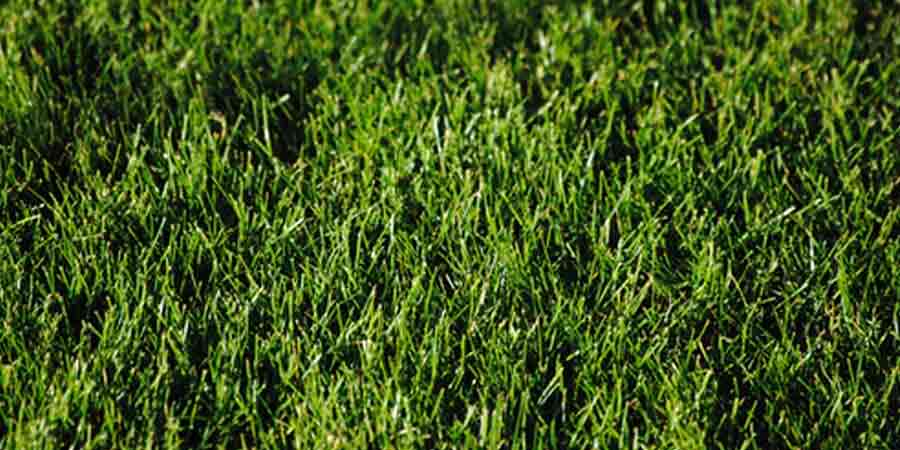
Corn Gluten Meal is the normal byproduct of wet-milling corn.
So what’s in it for us?
Corn gluten meal is used most commonly for turfgrass and organic crops as a natural pre-emergent herbicide. Aside from that, it can also act as a supplemental fertilizer!
You see!
It will help your lawn control annual weeds but will also keep your grass fertilized.
Like hitting two birds with one stone!
7. For lawn care, Mycorrhizal Root Builder will guarantee the nourishment of the soil.
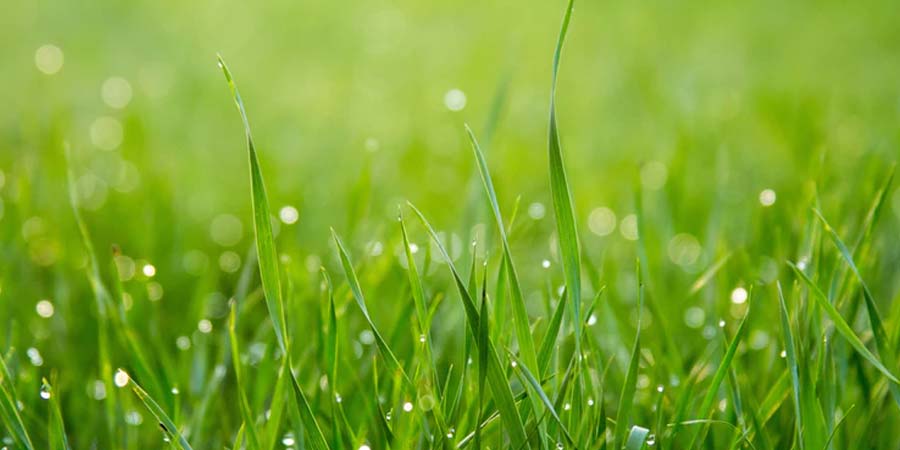
But first, we have to define what mycorrhizal is.
To put it simply,
Mycorrhizal fungi are useful soil species that supply the garden plants and grass with secondary root structure. They integrate themselves into the roots. And in turn, these tiny creatures give the essential water and organic nutrients needed by your lawn plants and grass.
A little assist may help.
You can help these fungi organisms to function at their best through using Mycorrhizal fungi root builder. Mycor Root Builder is a supplemental substance that will work well on all the plants you cultivate, not just your lawn grass.
What type of fertilizer makes grass greener?
You did the right thing!
This research initiative would expand your knowledge of what your lawn needs.
Let me tell you, choosing what specific fertilizer to use is tricky.
The precise instructions on what you should do require you to analyze the unique nutrients that your lawn lacks.
From here,
You can customize your fertilizer and provide it with the nourishment it needs.
But you should know,
Lawns primarily require three nutrients identified as NPK in fertilizers. It refers to nitrogen, phosphorus, and potassium.
Each fertilizer contains a slightly different ratio of Nitrogen-Phosphorous-Potassium. Through soil tests, you will know what your lawn needs. So if your lawn is low in nitrogen, then what you need is a high-nitrogen fertilizer!
Do the same thing if the soil lacks phosphorous and potassium content.
Not only that,
You also need to ensure that the nutrient content is balanced. The exact ratio of nutrients will guarantee that your lawn grass will have a robust root system.
The soil test is helpful, and it would stop you from spending time and resources on nutrients that your lawn doesn’t need.
Another advice?
It would be better to fertilize early in the season. Based on where you live, the precise date can vary.
Also, you should be aware of the different kinds of fertilizers.
Synthetic fertilizers are known to be heavier since they contain high NPK scores. After applying, the nutrients in these fertilizers will immediately be available for the grass to consume.
Hey, there’s a ‘but’!
Although synthetic fertilizers could bring the grass to its most desirable condition, they also screw with the lawn’s natural equilibrium. The soil will learn to rely on the fertilizer.
And then, your yard would likely fail to produce the essential nutrients needed by your lawn grass independently.
And the good news?
You can try exploring natural fertilizers instead!
It takes longer for organic fertilizers to see the results, but they guarantee a healthy and natural way of nourishing homeowners’ lawns. An organic lawn fertilizer creates the right soil conditions, which is much more effective in the long-run.
It’s a more natural and environmentally sustainable alternative!
How can I make my grass thicker?
Simple! It only requires three grass maintenance methods.
And it will not be easy.
Anyone who wonders how to make the lawn thicker must’ve heard these three ways: aeration, dethatching, and overseeding. Sounds difficult?
Lighten up!
You can do all three in a single weekend! And the best time to pursue these tasks is early in the autumn.
So let me expound it for you.
Aeration
Soil compaction means lesser oxygen and water absorption for your grass’s roots. The intensity of contraction determines any plant’s nutrient absorption potential.
Make sure to jot this down!
Clay soil is also known for being thick and compacted, and on lawns with high foot traffic from pets and children, aeration is direly needed.
With this, aerator machines can do the work for you!
Visit your nearby hardware and try to pick one.
To ensure that your lawn is adequately taken care of, you can also hire a lawn specialist.
Either way, both are guaranteed to fill your lawn with grass!
Dethatching
Allow me to simplify
Thatch is a coating of dead organic matter between the soil and the grass blades (dead grass clippings, leaves, etc.).
So, does it help?
Nope, it doesn’t. It only keeps the lawn from receiving the nutrient it needs.
So, dethatching the lawn would eliminate the existing buildup of thatch, allowing water, fertilizers, and the essential nutrients to permeate the ground.
You may employ a lawn specialist or rent a dethatcher for the day, similar to aeration.
It will quickly boost your lawns’ capacity to retain water and nutrients. And this is vital for your grass’s growth.
Overseeding
When you say overseeding, you’re talking about the practice of sowing fresh grass seeds onto an established lawn.
It is considered useful in thickening the grass without the hassle of cutting it all down from the roots.
There’s more
It is also the final process after finally aerating and dethatching the lawn. So, its purpose is to integrate fresh grass seeds into the yard and allow them to thrive.
The two maintenance procedures created a loosened soil where air and nutrients could easily reach the roots.
And the result is…!
Fast and efficient germination, yielding a thicker and greener grass!
What makes grass go green quickly?
Here’s the easy way!
Pick weeds by hand, or use a pre-emergent or post-emergent targeted herbicide to keep your yard looking uniformly lush.
And keep this in mind!
Never use a non-selective herbicide since it has the potential to kill the entire lawn or give your grass ugly brown spots, and we don’t want that!
After surveying brown spots, you can carefully pick and remove the dead grass and rake the field to loosen the dirt.
When planting seeds, consider spreading the dirt on top of the seed before raking.
Then, sprinkle water to make the seeds germinate and grow thick and green.
Doing this every day for at least two weeks will surely make your grass greener!
Conclusion: How to make grass greener?

And that sums it all.
As long as you have determination, money, and time, you will have the lusher and healthier lawn you very much wanted!
And the final tip?
You can always put an iron supplement to achieve a deep blue-green shade of grass. The season for that is spring, where the temperature is below 70 degrees Fahrenheit.
But there’s a catch to that.
When applying iron, you have to do it carefully to avoid concrete areas. You don’t want to stain your driveways and sidewalks.
It wasn’t that hard, yeah?
Now with the steps provided, there’s no reason for you not to have the greenest grass in the neighborhood!
Related: How to Grow Grass Fast
